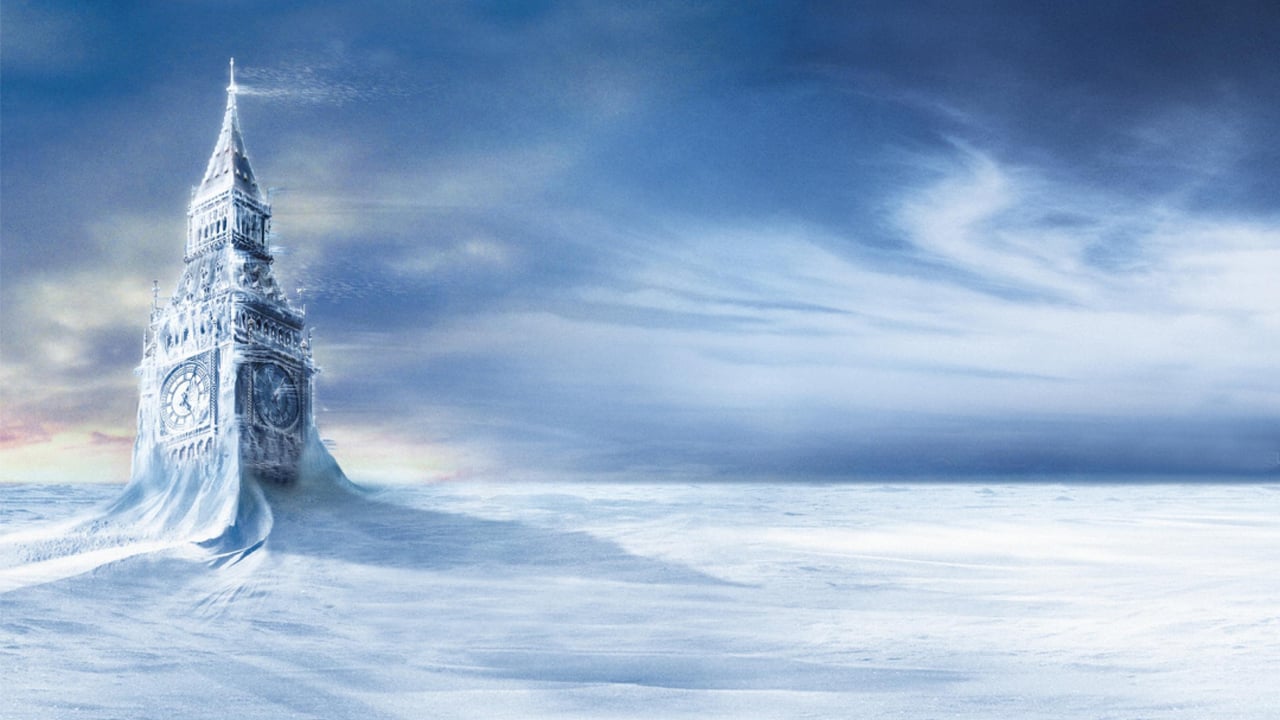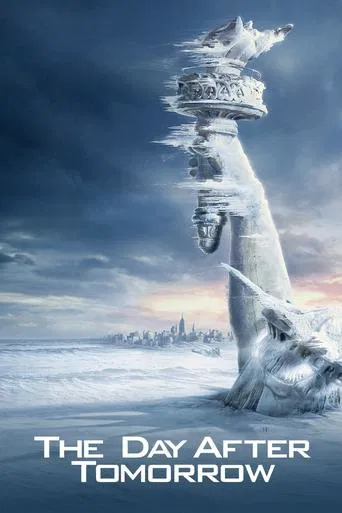

I've thought about this for fourteen years now, lol. I was really blown away when it first came out--special effects mostly, but also the driving adventure narrative. The acting's not bad either. And, me, personally, I'm not the most optimistic about the trend of climate change. When it came out, its science was completely panned, as I remember, as being overhyped, hysterical, etc. Well, to some degree, I think that was intended... it is a science fiction film. But I have watched it a number of times since (I have the DVD/Blu-ray), and every time I watch it, it seems closer to the truth. Our cyclones and hurricanes are getting bigger and bigger, we're experiencing weather phenomena we've rarely seen in recorded history, the Antarctica is melting more quickly and the seas are rising more quickly, West Coast (US) wildfires are almost unprecedented ... so this may have been over the top, but I'm thinking not as over the top as it seemed in 2004. The visuals and special effects are awesome, and, if nothing else, it's a cautionary tale. Sometimes you look back on movies and books (I've said this often) and realize they may have gotten more things right than we initially thought. I hope that's not the case, but I'm thinking ... maybe...
... View MoreOne of the most bogus films ever made. The plot is laughable. Climate and weather are not the same thing !!!
... View MoreJust like Dante's Peak, the climax is pointless. Dennis Quaid takes his buddies all the way out to "save" his son and it didn't even really do anything but get one of them killed. And this is so thriller-typical!: Jake Gyllenhaal's babe cuts her leg, causing major infection, and when it jolts in sudden pain while collecting books from the shelf, the other girl asks if she's OK, to which she replies, "Yeah, I'm fine." You're NOT fine. You KNOW you're not. I'll never understand what the point is of characters ignoring their actual status and pretending to be "fine" when they're anything BUT. They're just letting their problem snowball and in THIS movie, it would've KILLED her if everyone hadn't found out for themselves the hard way after awhile to then make a plan to get supplies from the passing ship. What's so hard or embarrassing about being forthcoming about your sudden health problem? Just speak!
... View MoreThis film follows the paleoclimatologist, Jack Hall (Dennis Quad), and couple of his colleagues in Antarctica. The disaster begins when Larsen Ice Shelf breaks as they are collecting data. He presents this phenomenon to the United Nations, and blames it on the increasing climate change the planet is experiencing, but no one takes him or the potential threats that could unfold after this seriously. However, his claims are backed by Professor Terry in Scotland who has picked up data from buoys in the Atlantic Ocean that show a massive drop in ocean temperature due to the polar ice caps melting, which disrupts the North Atlantic current. This dramatic shift in ocean temperature as well as salinity causes violent and bizarre weather patterns around the world such as Japan having a massive hailstorm, India with snow, and LA experiencing a series of tornadoes. This all builds up to three massive storm systems spanning across the northern hemisphere. The eyes of these storms hold temperatures close to -150°F, which instantly freezes anything— including jet fuel in this movie. These storms affect the entirety of their given continents within days and are projected to last between 7-10 days. An evacuation is ordered of the southern United States, with most of its refugees headed to Mexico, while the northern half is instructed to seek shelter until the storm passes The rest of the movie follows Jack as he seeks to reunite with his son who has found refuge in the New York Public Library.Although it is believable climate change has a dramatic effect on the planet, the effects would not be experienced within a matter of days. If anything, it would take years to see the impacts depicted in the movie. In this film, we see the ice caps melting and sea level rising at a rapid rate, which is the cause for all the weather anomalies. Many countries experienced weather patterns that were outside their typical climatic norms (Japan with hail, India in snow, and LA with tornadoes), which is also hard to believe. If anything, regions would experience more intensified and severe versions of the weather patterns they already are subjected to. Another aspect of the film that raises questions is the extreme cold associated with the storms. In order for temperature to decrease at such a rapid rate that causes jet fuel to freeze, it would also need to occur over a matter of years, not days let alone seconds. This indicates how the time-scale of the events that occur in the movie are catalyzed and magnified by Hollywood and the resulting weather anomalies are just inaccurate.
... View More